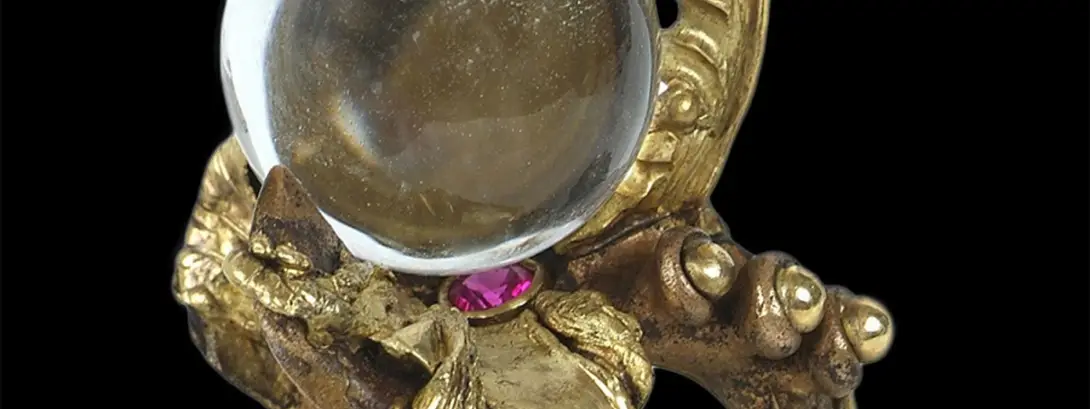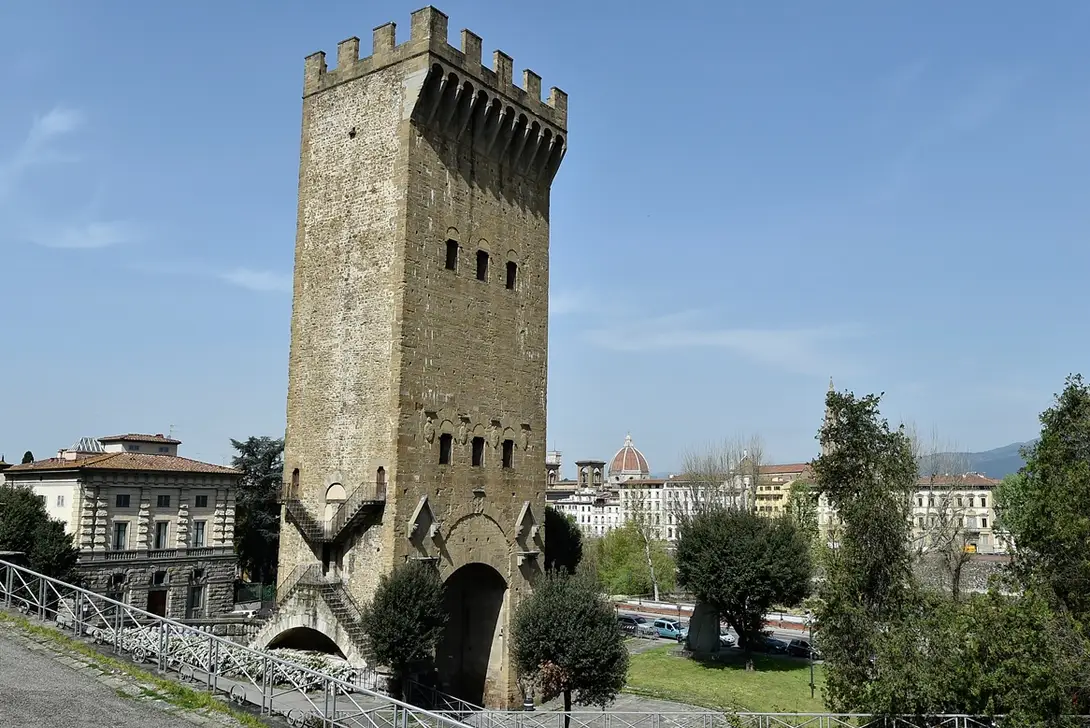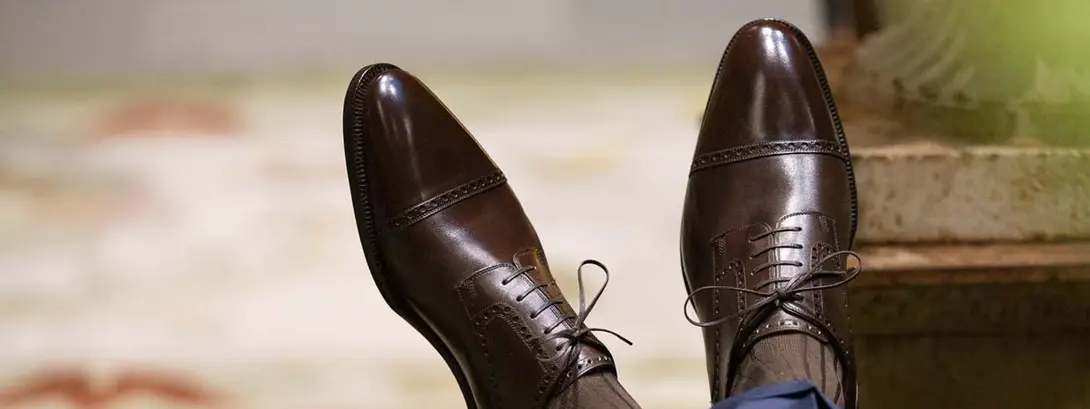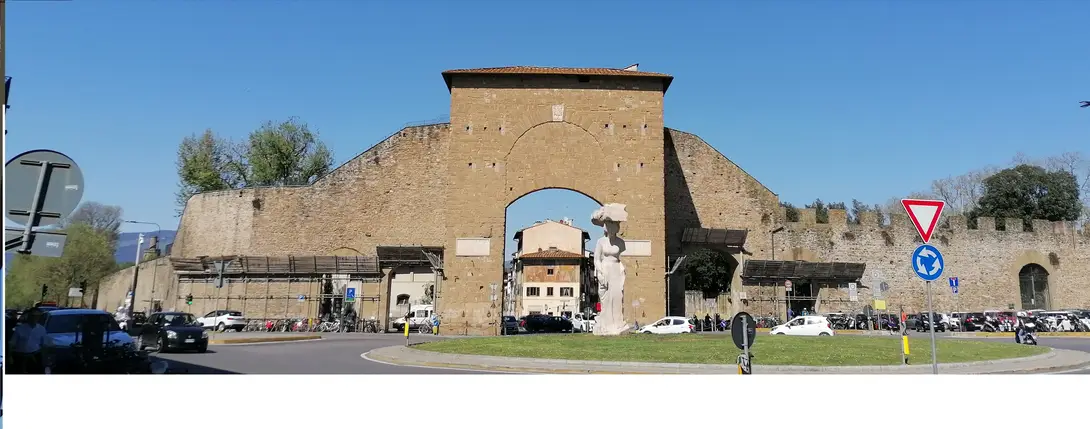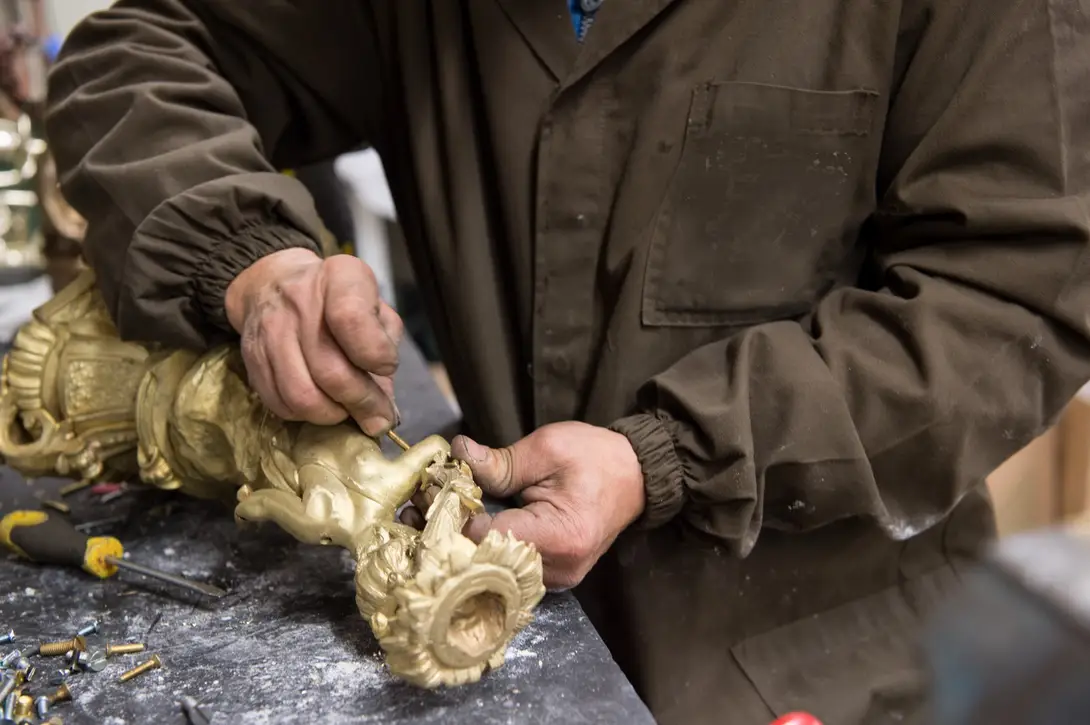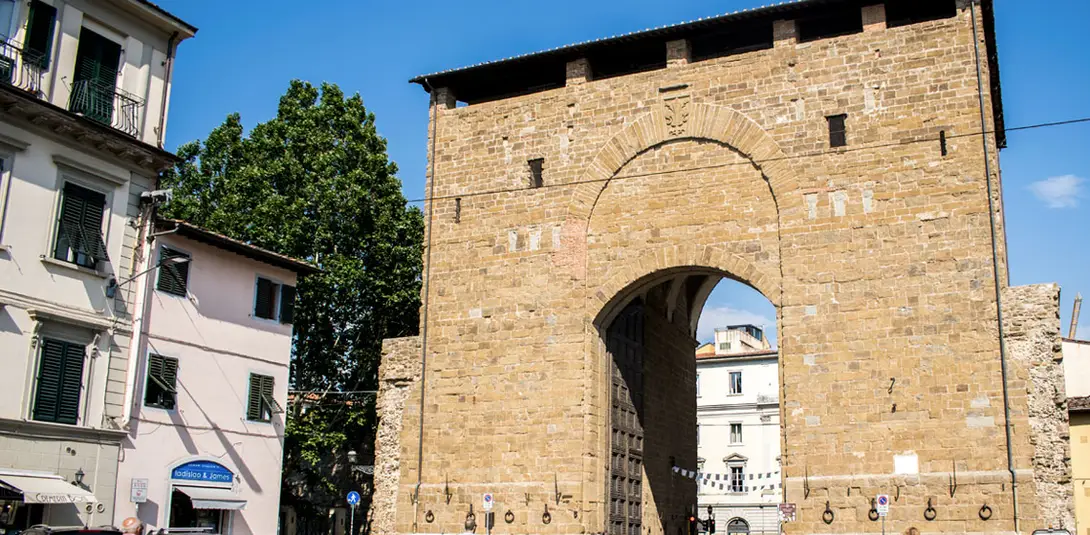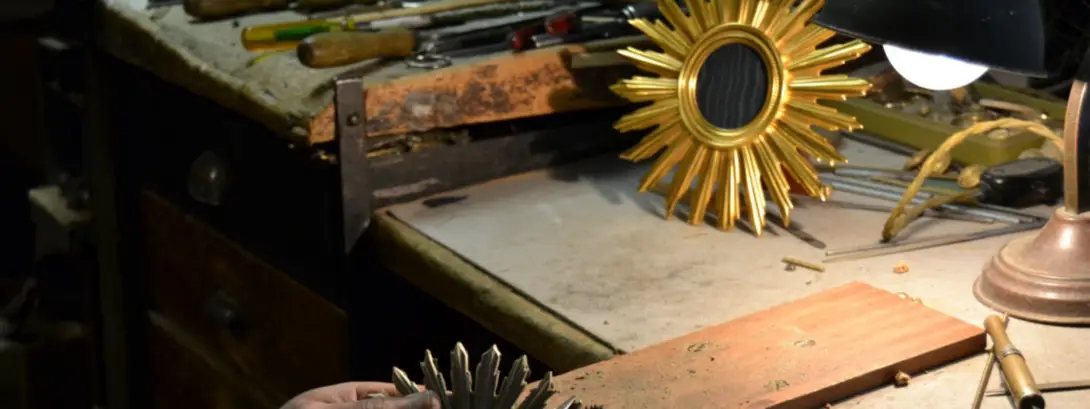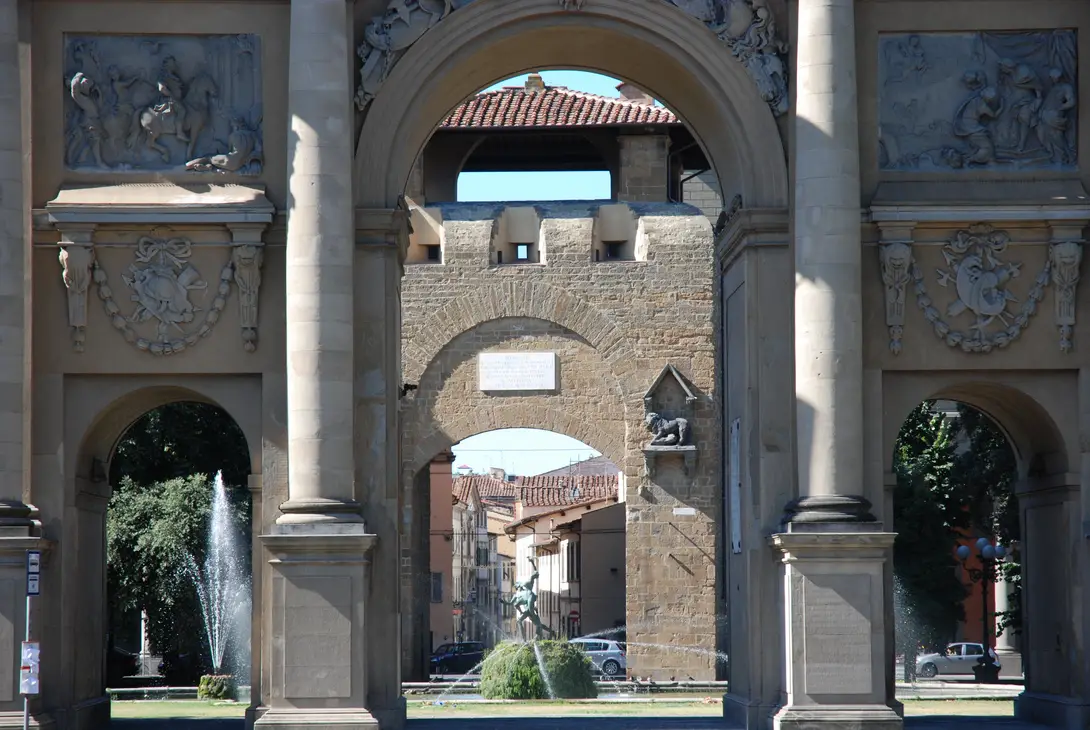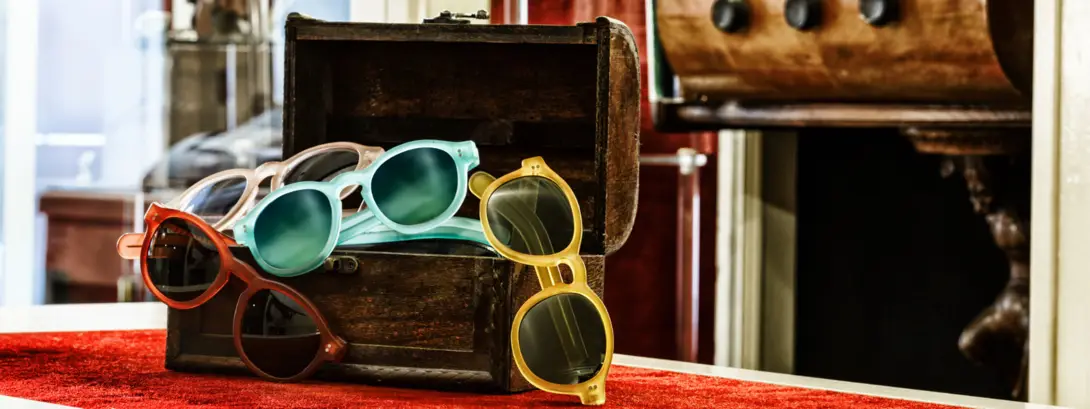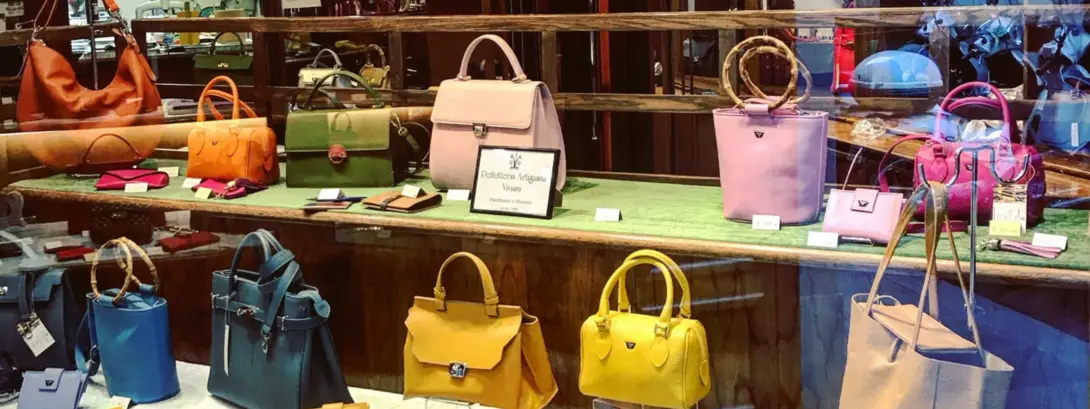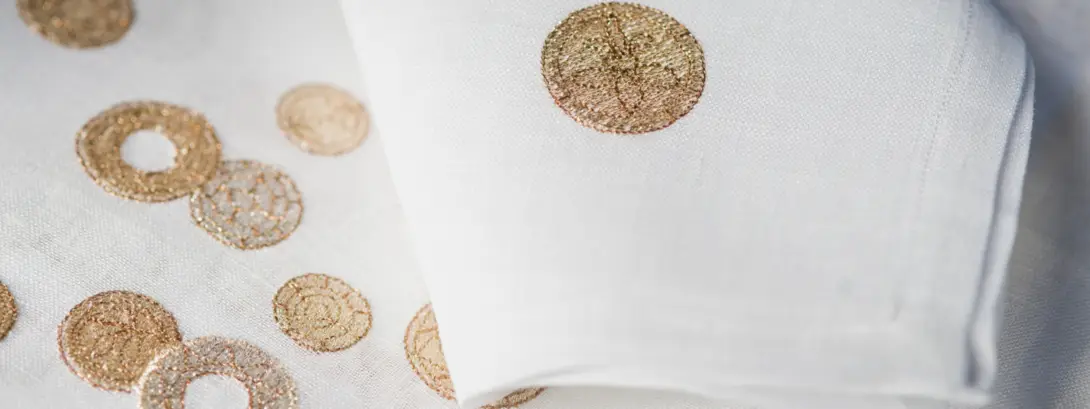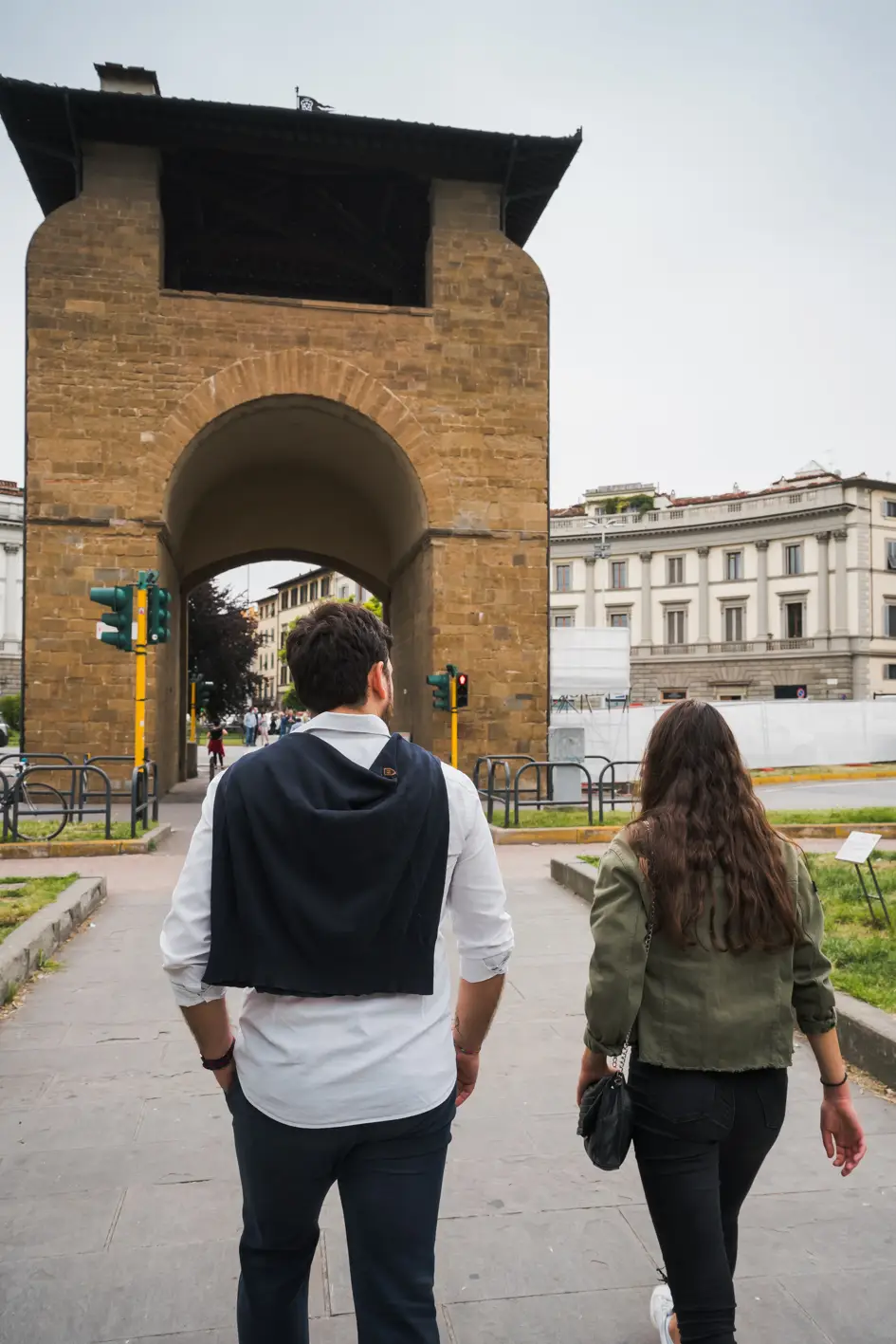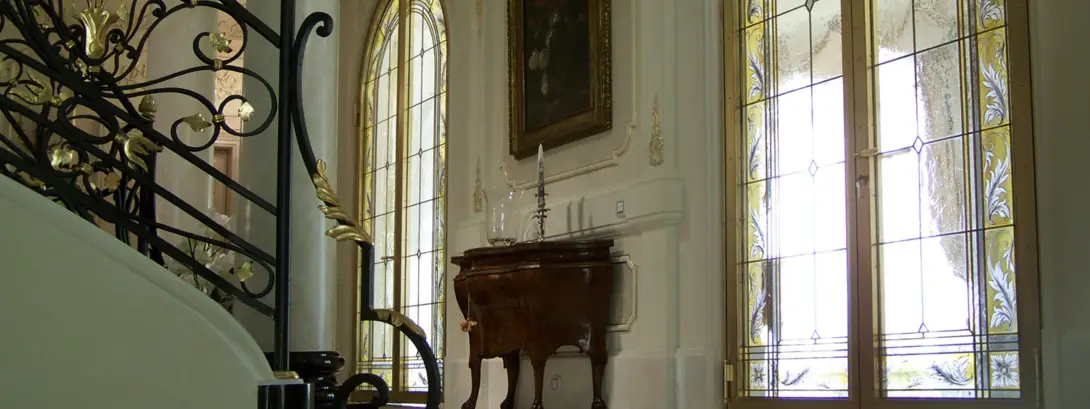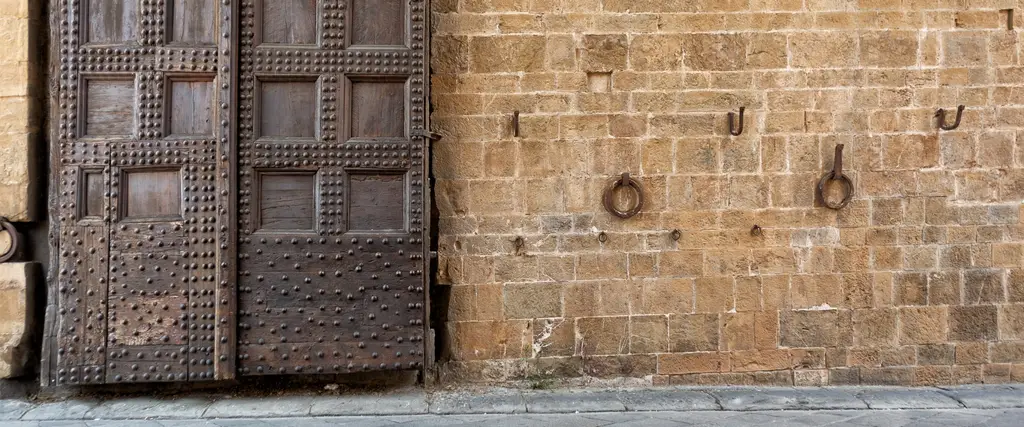
Alle porte co' sassi (time is tight)
We are at the gates with stones!
According to the Vocabulary of Contemporary Florentine (Accademia della Crusca): “trovarsi in prossimità di una scadenza, aver pochissimo tempo a disposizione; essere molto vicino al raggiungimento di qualcosa”. In short: time is tight.
With this Florentine dialect expression, which originated in the Middle Ages, the intention is to represent the imminence of an event, something that is about to happen soon, thus emphasising the urgency of hurrying to finish what one has to do or to get to one's destination before... Before the doors close!
The expression, in fact, takes us back to the city customs of ancient times, when, at the time of the first, second and perhaps up to the third circle of the Florentine walls, the city closed its gates at dusk. The latecomers, in order to signal to the gate guards not to close the gates, but to wait for their arrival, having no other expedient but the power of wit, would pick up stones to throw on the gates and thus warn them not to leave them outside for the night.
Our itinerary focuses precisely around the gates that have been the protagonists of these events, near which we can admire some of the finest and most important craftsmen in the city of Florence, expressing sectors such as goldsmithing, bronze work, weaving for furniture, leather goods, footwear and stained glass.
This itinerary is part of the European project Crafts Code.
Comune di Firenze
Die Orte
Etappen
Porta san Miniato
Alessandro Dari Jewels
In the Dari dynasty, the tradition of the goldsmith's art has been handed down for generations, ever since the first workshop was established in 1630 with Aldebrando Dari.
Master goldsmith as well as alchemist, pharmacist, craftsman and musician, Alessandro Dari is an all-round artist, heir to the poetics and ingenuity of the great Renaissance artists.
For the Maestro, spiritual research is a constant stimulus for the creation of works that do not limit jewellery to adornment of the body and, breaking with an extremely hedonistic vision, elevate it to the level of Art.
To wear one of his jewels is to wear a history, a tradition and a work of unique craftsmanship. His sublime jewellery-microsculptures convey an entire universe enclosed within a few centimetres of metal, gold, silver and precious stones. Exemplary work, for artistic works that are unique in the world.
Torre San Niccolò
The tower of San Niccolò is in piazza Poggi. The gate, that has been isolated from the city walls, was erected in 1324 to defend the Oltarno quarter. It is the only tower in Florence that has not been “scapitozzata”, that is, lowered with respect to its original height.
It conserves a charming walkway that the Town Council has restored and made safe in order to open it to citizens and tourists. It was part of the fortification system of Florence.
A recommended guided tour for children and teenagers to enjoy a real journey into the past and unveil a new surprising perspective on Florence.
Stefano Bemer
Stefano Bemer Srl is a haute couture company that produces handmade shoes and accessories for men of the highest quality. Founded in Florence in 1983 by master shoemaker Stefano Bemer, the company specialises in the production of made-to-measure shoes, using only the best materials and traditional craftsmanship techniques.
Stefano Bemer Srl is known worldwide for its attention to detail and its ability to create elegant and comfortable shoes made to measure for every customer.
Porta Romana
Porta Romana, founded in 1328, is the largest gate in Florence after San Frediano; in ancient times, it allowed people to leave the city in the direction of Siena and Rome.
The central lily, a work by Giovanni Pisano in 1331, is made of marble, while the two side headstones, also in white marble, commemorate the visit of the Medici Pope Leo X in 1515 and the Holy Roman Emperor Charles V in 1536.
Today, there are five openings around the door; in the past it was only the one on the left, the other four were added in 1930 to facilitate the traffic and the access to Boboli Gardens.
Finally, there were originally statues on the outside of the door, but today only those of the Madonna and Child, St. Peter and St. Paul remain, which we can admire today under the steps of the courtyard of the Bargello Museum.
Bronzetto
Il Bronzetto tells a story, that of Florentine master bronze workers capable of combining creativity and high professionalism, the result of long experience and in-depth knowledge of materials and their processing.
A wide range of artefacts, from lighting to furniture and bathroom accessories, ranging from a classic style to a more modern one, up to contemporary design, trying to meet the trends and needs of the market.
Porta San Frediano
Of all the gates in Florence's city walls, Porta San Frediano, founded in 1333 probably to a design by Andrea Pisano, is the largest and most imposing.
Scapitozzata (i.e. lowered) in the 16th century, it was covered by a gabled roof covered with tiles. The most interesting thing about it is the gate, composed of three different openings, the largest in the city and original to the period. Twelve metres high, it is entirely covered with nails to make it sturdier.
Duccio Banchi
The workshop of bronzesmith Duccio Banchi is an authentic example of the transmission of the craft. Vasco Cappucini learned the craft of working bronze and metals from master Emilio Ercolani and in 1925 opened his workshop, which he passed on to his only pupil Lamberto Banchi, who took over the business in 1946.
It was he who taught his son Duccio, a bronze craftsman specialising in the manufacture of small furniture and decorative items and the restoration of antique objects.
Porta San Gallo
Antica occhialeria
In 1956, Lucio Enrico Di Nardo, a connoisseur and lover of art objects, started his business as an optician and collector of vintage spectacles. On the strength of their long experience, his descendants transformed the business into an authentic artisan eyewear workshop, where past and present intertwine, resulting in glasses entirely finished by hand.
The design and production of glasses according to customer drawings are entirely customised.
HISTORY:
The ancient Occhialeria di Firenze began its activity in 1981 in the old Via San Gallo, in a former millinery of the late 19th century. The antique furnishings were spared and adapted to a new use, dealing mainly with modern and antique optics. Thanks to the professionalism of the founders - opticians since 1956 - and the hard work of its employees, the Antica Occhialeria has slowly developed over the years. Since 2009, the old premises have been flanked by two new commercial areas, where both the traditional optician's business and the wholesale of branded glasses have found their place. In the old premises, in an atmosphere of yesteryear, the sale of original vintage spectacles or spectacles that reproduce the shapes and styles of past models continues. Finally, for all the antique glasses on sale, the company is able to reproduce lenses, both prescription and sunglasses, with the same geometric typology as last century. Needless to say, this last activity is mainly aimed at particularly discerning collectors and vintage enthusiasts. The company and the shop, although located in the boulevard belt, are somewhat remote from the centre and the tourist routes; however, this circumstance has not deterred those buyers who wish to purchase an absolutely unusual product.
Porta Faenza
Pelletteria Artigiana Viviani
The Pelletteria Artigiana Viviani is located in Via Guelfa, in the historical centre of Florence. Founded in 1965 by Renato Viviani, it has distinguished itself throughout its history for the elegance and durability of its handcrafted leather products.
Still today, the Viviani family hands down the historical Tuscan tradition of handcrafting, creating true works of Florentine craftsmanship with precious collections of bags and accessories. Unique pieces made by hand from top quality materials.
Porta al Prato
Tessilarte
In 1947 a small artisan company was founded in Florence, thanks to Vittoria Camerino Martinetti's passion for fabrics.
Since 1969, Paola Martinetti has been the creator and designer of the collections. After more than 70 years, the 'hundred' colours of linen are still in our collections, updated according to fashion trends and stylistic requirements, just as the ancient looms still exist, as a testimony to a now lost manual skill that is constantly being renewed.
Porta alla Croce
The Porta alla Croce gate, at the centre of Piazza Beccaria, has undergone various transformations over time, the most evident being in the 16th century when it was reduced in height during the siege of Florence in 1529-1530.
The roof covering it dates from 1805 and was designed by Giuseppe Del Rosso.
Guido Polloni e C
Guido Polloni founded his company in 1919, designing and producing stained glass windows, mosaics and sacred furnishings. With his son-in-law Sergio Papucci, a graduate of the Art Institute of Porta Romana, he produced glass works for Italy, the USA, Canada and Japan.
His works include the RAI headquarters in Rome, Florence and Naples and the chandeliers for the Quirinale Palace. Sergio Papucci's daughters Cinzia and Silvia continue the atelier's activities.
